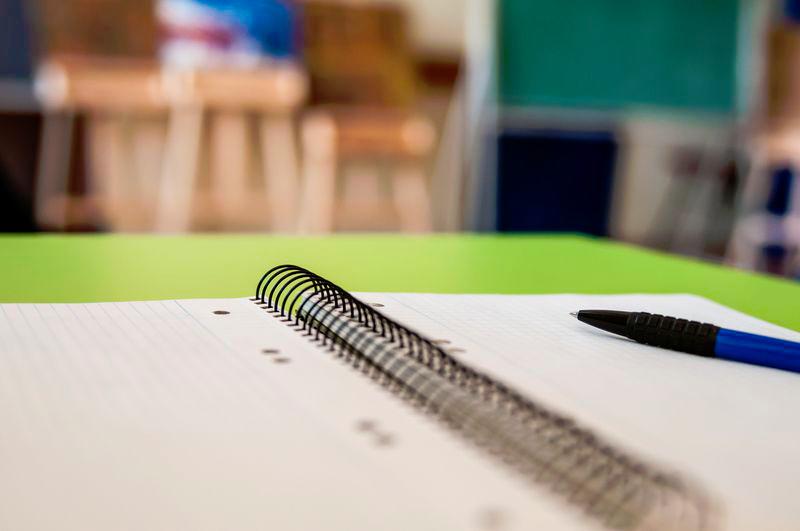BANGKOK: Thailand’s student dropout rates have surpassed 1 million in 2023 as academics attribute this to a deteriorating society, political turmoil, and economic downturn, leading parents to remove their children from the education system.
Thai news agency (TNA) reported Sompong Jitradub, an education academic and board member of the Equitable Education Fund (EEF), revealed that this year’s situation of students dropping out or leaving the education system is severe.
EEF data shows that in 2023, approximately 1,025,514 students dropped out. In previous years, the annual dropout rate was over 500,000, marking a twofold increase.
Most dropouts occur during the transition from lower to upper secondary education, but there’s also an increase in dropouts at other transition points, such as from primary to secondary education or from lower secondary to vocational education.
The causes of children dropping out of school are no longer solely attributable to poverty, as they were in the past, according to the report.
This is because politics, economics, and education are interconnected. The current political climate is bleak, causing uncertainty in employment and investment. The economy is in a recession, leading to social decay, and problems with the education system are also contributing to the increase in dropout rates, he said.
There are efforts to address this crisis, such as the “Thailand 0 Dropout” policy, which involves collaboration between the Education Ministry and 11 other agencies, and the “Bring Children Back to School” policy by the Office of the Basic Education Commission.
However, the problem is outpacing the solutions by one or two steps.
There is an urgent need to actively seek out children who have dropped out of the education system. This includes home visits, providing welfare, finding scholarships, and creating jobs for parents, he suggested.
The COVID-19 pandemic has exacerbated the situation, causing job losses, family debts, and a shift to online learning that led to learning regression and negative social behaviors in students.
The main problems lie in the structure, system, and curriculum assessment, making it difficult for many children to access quality and equitable education, TNA citing Sompong said.









